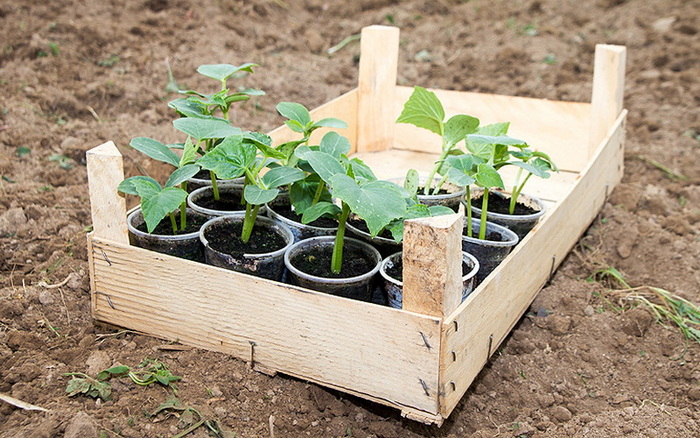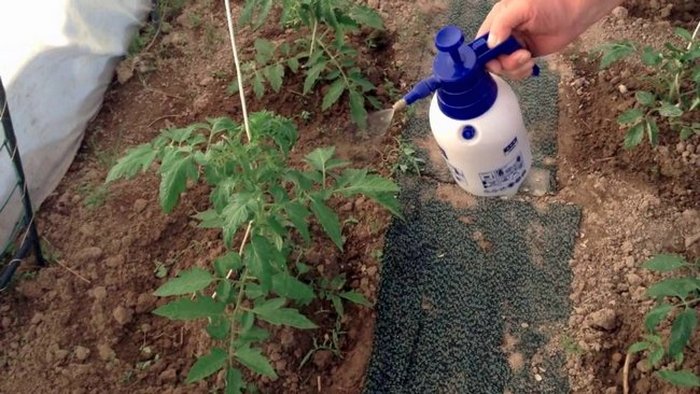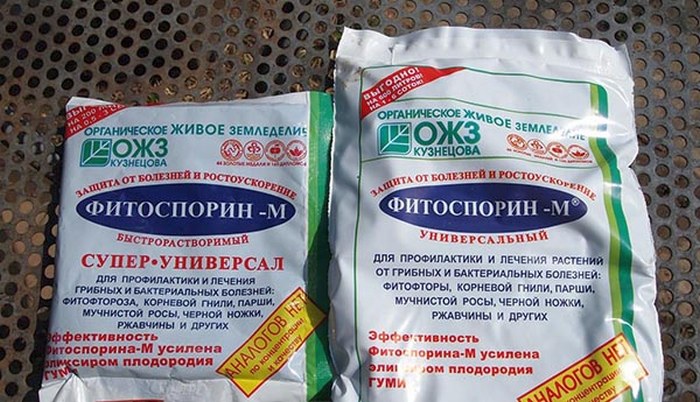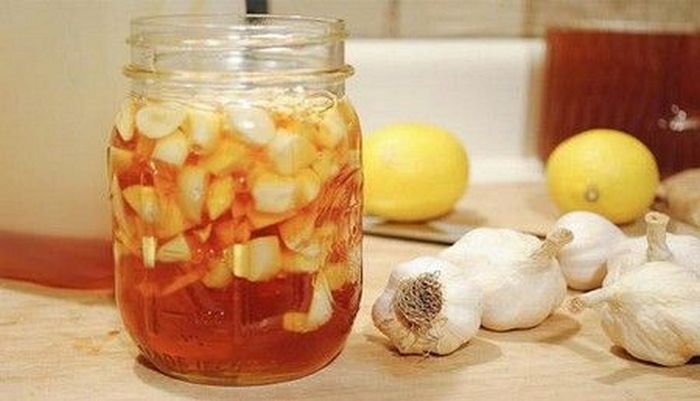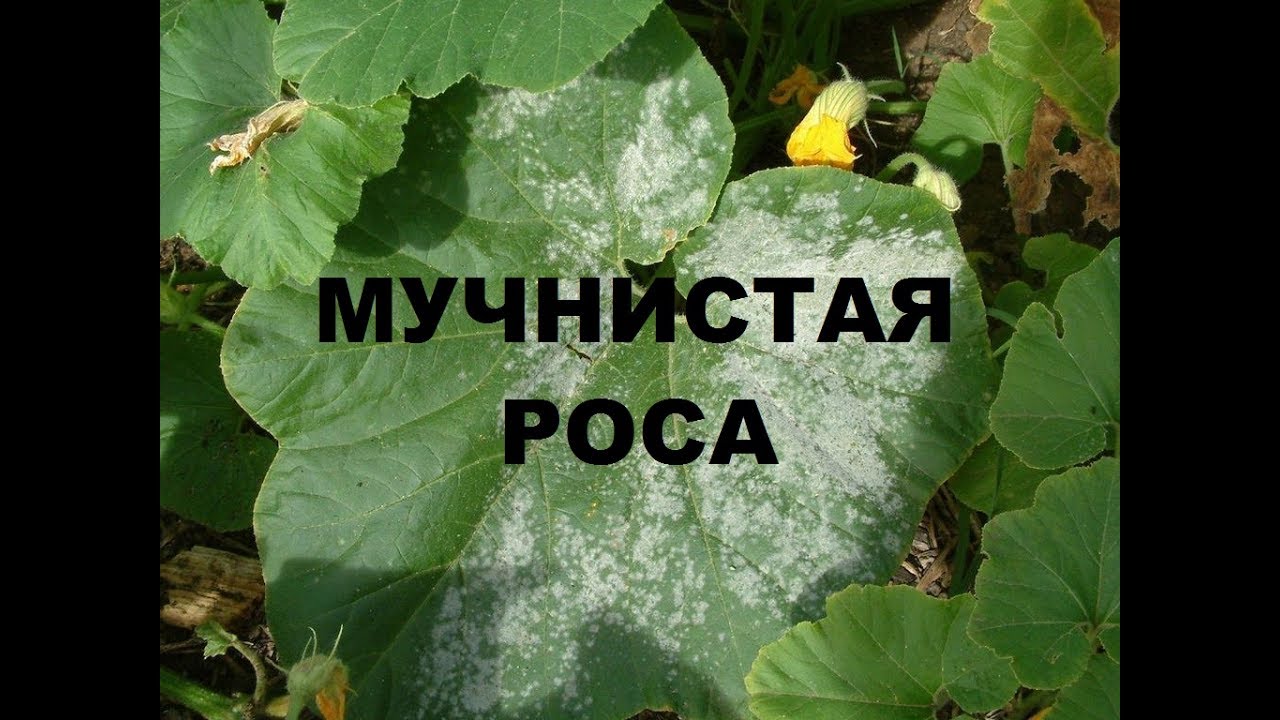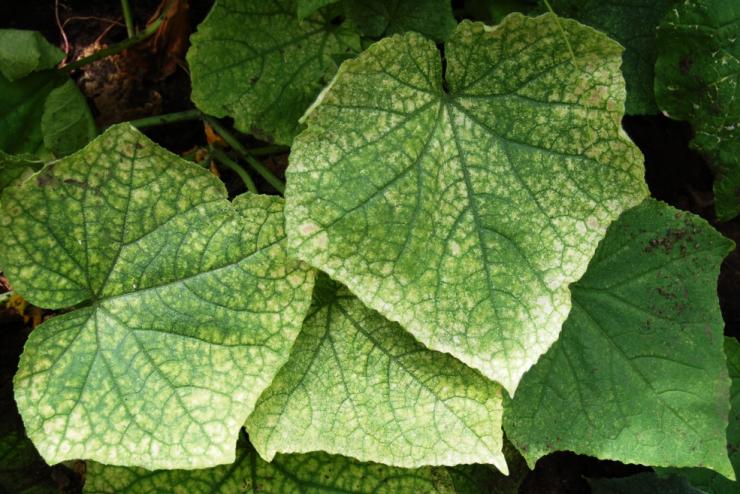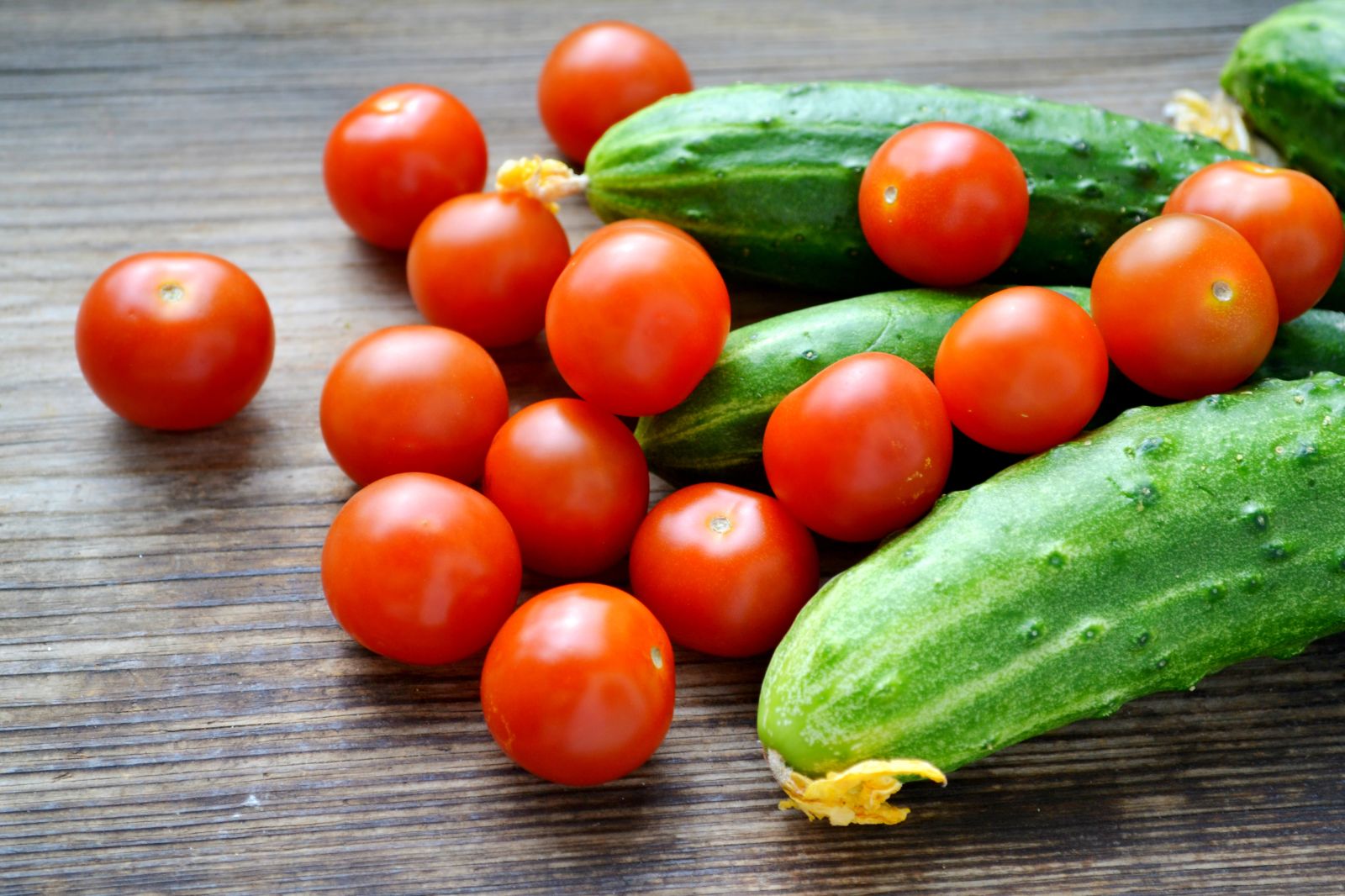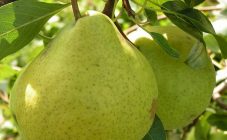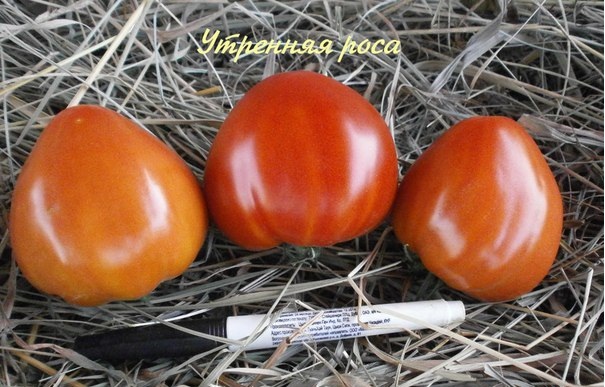Content:
Powdery mildew is a disease caused by a fungus. Spores easily move from one plant to another, quickly affecting the entire plantation. Excessive humidity, low temperature, cold watering, crowded planting and insufficient lighting contribute to the appearance of a fungal disease. Powdery mildew often affects cucumbers if crop rotation rules are not followed and nutrients are imbalanced.
Conditions for growing cucumbers and caring for them
The preparation of the garden for cucumbers in the greenhouse and in the open field begins in the fall. All debris and plant residues are carefully removed, the walls of the greenhouse are washed with a disinfectant solution.
In a greenhouse, it is better to completely replace the top layer of soil 5-7 cm thick, it is it that contains the bulk of pests and pathogenic bacteria. Mullein, humus, wood ash are added to the garden bed, after which the earth is dug up together with fertilizer. During spring preparation, the soil is loosened and additionally fertilized with minerals, adding 2 tbsp for each square meter. l. superphosphate and 1 tbsp. l. urea and potassium sulfate.
After that, the bed is watered and covered with a film for 5-6 days. During this time, fertilizers will be evenly distributed in the soil, and the earth itself will warm up. Seedlings should be planted when the soil temperature reaches 14-15 ° C. In the open ground of the middle strip, planting is carried out in the second half of May, after the threat of frost has disappeared. For the greenhouse, this period is shifted two weeks earlier. By this time, the plants should have four formed leaves.
The bushes are planted at a distance of 30-40 cm from each other, leaving 50 cm between rows. A little organic matter, yeast solution, mineral fertilizers can be added to the hole before planting. After planting, metal arcs are installed on the garden bed, which are covered with a film for the first week to create a warm and humid microclimate.
Cucumber care is as follows:
- regular watering;
- top dressing;
- loosening;
- formation.
Immediately after planting seedlings grown at home, the plants are not fertilized, the root system is allowed to take root thoroughly. The soil still contains a sufficient supply of nutrients. After 1-1.5 weeks, the first feeding is carried out, consisting of mullein infusion (0.5 liters per bucket of water). In the future, you can alternate organic and mineral fertilizers. In total, cucumbers are fed 3-4 times per season.
Watering is done often, cucumbers are very fond of moisture. In this case, weather conditions must be taken into account. If the air temperature drops to 15 ° C, the bushes temporarily stop watering. Watering should be done before 4-5 pm, then the moisture on the leaves will have time to dry before nightfall.
The formation of plants makes it easier for the summer resident to care for them. The method of tying to trellises is gaining popularity every year. While the plants are young, they need loosening. This must be done carefully, to a depth of no more than 4 cm, so as not to damage the roots.Loosening is carried out immediately after watering, while weeding is also done. Compliance with agricultural technology will save plants from many diseases.
Powdery mildew symptoms, how to deal
Powdery mildew disease primarily manifests itself on the lower leaves, gradually covering the entire plant as a whole. The first symptom is the appearance of white, like flour spots, which spread over the leaf blade, then move to the petiole, stem, flowers, ovaries and fruits. Affected leaves begin to turn yellow, wilt, and soon die off. Often an outbreak occurs in early summer in wet, cool weather.
At the first signs of the disease, urgent measures must be taken. If powdery mildew appears on cucumbers, control measures include the use of fungicides and folk remedies. Complex processing gives the most effective result.
Industrial drugs
It is advisable to use chemistry in the advanced stage of the lesion or the extensive spread of the infection. In the fight against powdery mildew, the following industrial preparations are used:
- Fitosporin... The agent is a biological fungicide based on the work of special bacteria, the vital activity of which inhibits the growth of fungal spores. Effectively acts in the initial stages of the disease, when the first spots have gone.
- Topaz... The active active ingredient in its composition is penconazole. The tool acts powerfully, it is used even with an advanced stage of the disease. But you should pay attention to the fact that it is quite poisonous. After applying it, you can not remove the cucumbers from the bushes for a while. One ampoule of the drug is consumed in a bucket of water; the prepared composition cannot be stored. After 2 weeks, the treatment must be repeated.
- Tilt CE... A drug based on propiconazole, which has a detrimental effect on fungal spores. Available in emulsion form. Before use, the agent is dissolved in water and used to spray plants. The composition forms a protective film on the leaves, which lasts more than 2 weeks.
Along with powdery mildew, downy mildew (peronosporosis) can also annoy cucumbers. In this disease, the mycelium is actively developing on the lower side of the leaf. Discolored areas appear on top of the leaf plate, eventually acquiring a reddish-brown color, but there is no white fluff. The causes of peronosporosis are the same as those of powdery mildew. Since both diseases are fungal in nature, the treatment regimen will be the same.
Folk remedies
Folk remedies are recommended to be used when the first signs of the disease appear. It is necessary to process not only bushes that look sick, but also healthy plants for prevention. Powdery mildew is treatable with the following formulations:
- Soapy solution with wood ash. A piece of laundry soap is grated and mixed with 200 g of wood ash. The mixture is dissolved in 10 l of warm water by thorough stirring. Cucumbers are processed with the resulting composition 3 times a week.
- Soda solution. Copper sulfate is added for maximum efficiency. The composition must be applied to the foliage of plants by spraying. To prepare a solution for 10 liters of water, take 100 g of soda and 75 g of vitriol. Use the product immediately after preparation.
- Garlic infusion. To prepare it, take 2-3 heads of garlic along with herbs, chop and pour 10 liters of water. The remedy is infused for 12 hours. Spraying is carried out daily for 2 weeks. To get rid of the disease, you can also water the ground under the bushes with garlic infusion.
- From pharmaceuticals, potassium permanganate can help. In order to cope with white bloom, 2 g of potassium permanganate is diluted in 10 liters of warm water and the plants are sprayed for 2 weeks. If stains remain, you can continue processing.
Even ordinary kefir can be used in the fight against powdery mildew, lactic acid prevents the multiplication of fungal spores. Kefir treatments are carried out every 3 days until the symptoms disappear.
What will happen if not treated
If the outbreak is not suppressed, not only the plants themselves will suffer, but also the crop. With an advanced disease, you can completely lose the fruit. Even if some of the zelents remain, their taste will be spoiled. The fruiting period in diseased plants will be delayed, and their seeds will be infected. It is best to prevent the manifestations of the disease initially by applying preventive measures.
Preventive measures
As preventive measures, experts recommend the following actions:
- adhere to the rules of crop rotation;
- equip a garden bed in a sunny place without drafts;
- process seeds and soil;
- follow the planting scheme, do not thicken the plants;
- avoid excess nitrogen fertilizers;
- be sure to add potassium and phosphorus;
- water the cucumbers only with warm water;
- carry out preventive treatments with potassium permanganate and Fitosporin.
Today, breeders have developed varieties of cucumbers that are resistant to powdery mildew disease. But this does not exclude the possibility of a disease if preventive measures are not followed. New varieties only have increased immunity against this disease.
